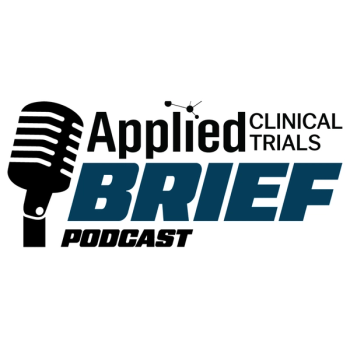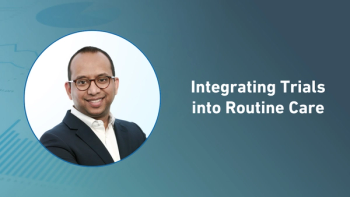
- Applied Clinical Trials-01-01-2019
- Volume 28
- Issue 1
EMA Seeks Input on its Regulatory Science Strategy
EMA drafted a plan for closer engagement with regulatory science in the next ten years, and it is looking for comments on its approach.
The instructions of a legendary 19th recipe for jugged hare began: “First catch your hare.” By the same token, the first task of drug developers in this new year should be to make their thoughts known on how drug development should be assessed-and they have the perfect opportunity to do just that with the construction of a new strategy from one of the world’s leading authorities.
The European Medicines Agency (EMA) has drafted a
The proposed “Regulatory Science to 2025” strategy “aims to build a more adaptive regulatory system that will encourage innovation in human and veterinary medicine,” according to Guido Rasi, EMA’s executive director. It is an explicit response by European regulators to the challenges that have emerged in recent years from new technologies. Against the background of the long-established classic medicines testing systems dependent on “gold-standard” randomized clinical trials, it holds out the prospect of a genuine assessment of the benefits and risks of innovative therapies and diagnostics.
Stakeholders are being asked to give views on what the priorities should be in this recast. The proposed top themes in the draft strategy range from “catalyzing the integration of science and technology in medicine development” and “driving collaborative evidence generation-improving the scientific quality of evaluations” to “enabling and leveraging research and innovation in regulatory science,” with “advancing patient-centered access to medicines” and “addressing emerging health threats” thrown into the mix, too. Should the clever money go into supporting developments in precision medicine, biomarkers, and ‘omics, or into translating cell, genes, and tissue-based products into patient treatments through the EMA’s (so far underused) advanced therapy medicinal products scheme? Do novel manufacturing technologies get enough attention at present? Should regulators create an integrated evaluation pathway for the assessment of medical devices, in vitro diagnostics, and borderline products?
Should the accent be on leveraging novel non-clinical models and foster innovation in clinical trials, or catering for more digital clinical data generation? What emphasis should be given to initiatives for special populations, to making more use of modeling and simulation? And how far should artificial intelligence play a role in decision-making?
The draft ranges across all these questions. But there is also scope for offering additional priorities or approaches, too. “Are there any significant elements missing in this strategy? Please elaborate,” asks the questionnaire. “We want to hear from our stakeholders whether they consider this strategy is ambitious enough,” confirmed Rasi, launching the consultation at the end of 2018. So, stakeholders, you have until June 30 to influence the future. Over to you.
Another crack in trials consensus
Right at the start of the year, the calls for radical change in the way that drug development is organized are emerging thick and fast in Europe. The first week back at work saw a conference in the European Parliament where speaker after speaker denounced the failings of the current model and the rigidity of the authorization and delivery systems in the face of new science and new technology. The central message was the same: opportunities for better care are being missed, and shouldn’t be. Read more about the discussions
Peter O'Donnell is a freelance journalist who specializes in European health affairs and is based in Brussels, Belgium
Articles in this issue
almost 7 years ago
Q&A: Capitalizing on Technology-Enabled Clinical Researchalmost 7 years ago
The Case for Thinking Outside the HR Boxalmost 7 years ago
Five Trends in Clinical Trials We’ll See in 2019almost 7 years ago
Applied Clinical Trials, January/February 2019 Issue (PDF)almost 7 years ago
FDA Sets Goals for Improvement in Drug Development and Approvalalmost 7 years ago
Can Data from EHR Systems Be Trusted in a Trial Setting?almost 7 years ago
Weighing the Benefits of RBM Implementationalmost 7 years ago
Analytics and Metrics Help Pinpoint Costs of Study Start-UpNewsletter
Stay current in clinical research with Applied Clinical Trials, providing expert insights, regulatory updates, and practical strategies for successful clinical trial design and execution.





.png)



.png)



.png)
.png)
